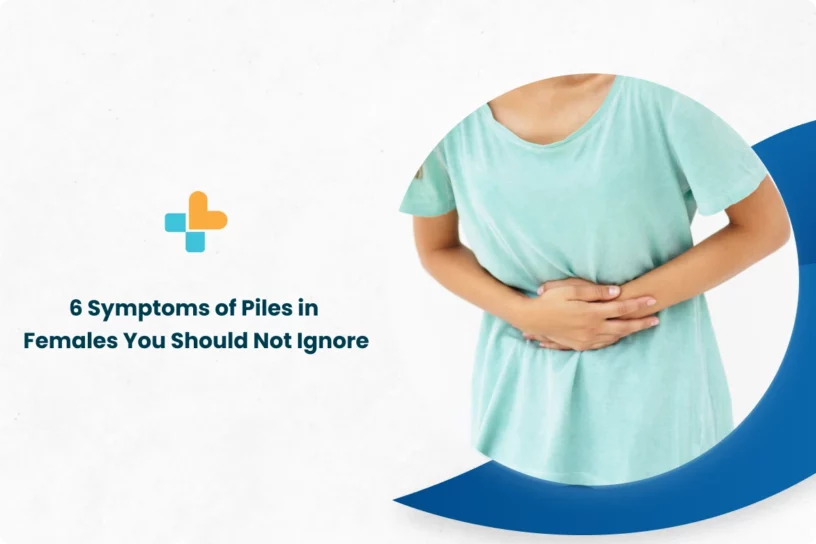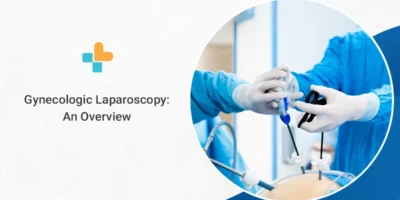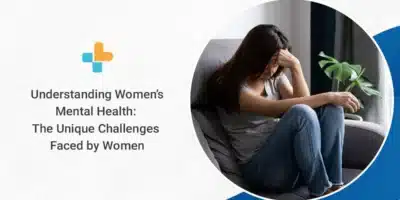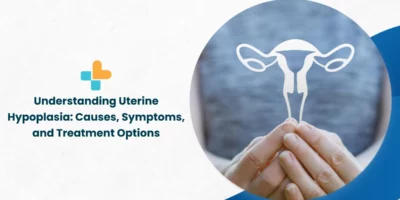Haemorrhoids, often known as piles, are extremely prevalent and can afflict anybody of any age. However, there is often more danger for women and older people. If you have been consistently uncomfortable during bowel motions and while sitting, it may be vital to find out what is happening and seek medical attention.
Even though they are usually not harmful, piles can be excruciatingly painful and uncomfortable, lowering your life’s quality. The topic of this blog will be piles in females, including symptoms of piles in females to look out for and potential treatments.
What are piles?
You wouldn’t believe how frequently piles occur. According to studies, over half of all individuals experience hemorrhoid symptoms by the age of 50. To put it simply, piles are enlarged and swollen veins that are found in the lower rectum and anal area. Piles are most frequently caused by an excessive strain on the anal site and the vascular cushions present there.
What are the types of haemorrhoids that can affect females?
Haemorrhoids can be classified into major three categories:
- External haemorrhoids: In these situations, the enlarged lumps are visible externally, which is quite unpleasant.
- Internal haemorrhoids: As the name suggests, the haemorrhoids are located inside the rectum. They seldom cause pain, and you typically can’t see or feel them.
- Thrombosed Hemorrhoids: A thrombosed hemorrhoid is one that forms a blood clot, or “thrombus,” inside of itself. If a hemorrhoid is not treated for a prolonged period of time, the risk of getting thrombosed is high.
What are the symptoms of haemorrhoids?
The following are the most common symptoms of piles in females:
1. Painful swelling or a lump near the anus – These swollen lumps contain enlarged blood vessels and bring discomfort.
2. Anal itching – Few haemorrhoids produce mucus or some secretions that may lead to infections and cause itching.
3. Mucous discharge from the anus – Inflamed hemorrhoid or some infection causes the mucous discharge.
4. Hard lump around the anus – Usually the external haemorrhoids in females take the form of hard lumps around the anal region, caused due to irritated veins or blood clots.
5. Area around the anus becomes red and sore – Due to the inflammation brought by the piles, the area around becomes red and sore.
6. Bleeding – Damaged haemorrhoids tend to bleed, often due to bursting out.
What are the causes & reasons for piles in females?
The causes of piles in females are as follows:
- Obesity is frequently brought on by pregnancy. Because of the increased pelvic pressure, piles are more likely to form.
- When you do too much weightlifting, your lower body may experience additional pressure that might result in haemorrhoids.
- Constipation leads to express strain on the recto-anal region, causing inflammation, swelling, and pile formation.
Treatment
Two types of treatment are available: home remedies and professional medical treatment.
- Home remedies: Lots of people prefer home remedies over medical options due to their ease and lack of side effects. For example, a warm bath with Epsom salt water often relieves the swelling. Dabbing a tissue dipped in witch hazel can help in shrinking the piles and helping in faster recovery.
- Professional medical options:
- Using a distinctive rubber band to cut off the blood flow will cause the haemorrhoids to shrink and die. For internal haemorrhoids, this works.
- Shrinkage is induced by injecting a fluid or running an electric current.
- Hemorrhoidectomy is the preferred treatment choice for big external haemorrhoids. This is a surgical treatment to remove piles.
How can you prevent piles in females?
The following advice is quite successful in preventing piles in females:
- Simply try not to worry when using the restroom. If the poo isn’t moving easily, be patient. You may also come back later, perhaps after taking a glass of water or working out. Due to this straining, the veins all around the rectoanal area experience excessive pressure. This may trigger piles.
- It is recommended to consume a great deal of water and eat foods high in fibre. This will facilitate better digestion and ease constipation.
- Regularly engage in pelvic floor exercises to strengthen the muscles in the pelvic area. This could simplify pooping and prevent piles from developing.
- The inability to pass faeces leads to constipation. As soon as the urge arises, it is advisable to use the toilet.
Conclusion
Despite being a pretty common health issue, lots of people tend to shy away from talking about piles or seeking medical help. Nonetheless, the condition may worsen if proper treatment is not received. Chronic constipation signs or symptoms of piles in females should not be ignored. If you are experiencing serious piles concerns, see a proctologist.
Ayu Health is one of the best choices available for medical services. Contact 636-610-0800 to learn more.
Our Hospital Locations
Gynaecology Surgery Hospitals in Chandigarh | Gynaecology Surgery Hospitals in Bangalore | Gynaecology Surgery Hospitals in Jaipur | Gynaecology Surgery Hospitals in NCR | Gynaecology Surgery Hospitals in Hyderabad
Our Doctors
Gynaecology Surgery Doctors in Chandigarh | Gynaecology Surgery Doctors in Bangalore | Gynaecology Surgery Doctors in Jaipur | Gynaecology Surgery Doctors in NCR | Gynaecology Surgery Doctors in Hyderabad
About the Author

Dr. S. Goel
Dr. S. Goel is a renowned Internal Medicine Specialist currently practicing at Ayu Health, Bangalore. He is a Specialist in Internal Medicine, Diabetes HTN, Paediatric Care, and Family Medicine.




